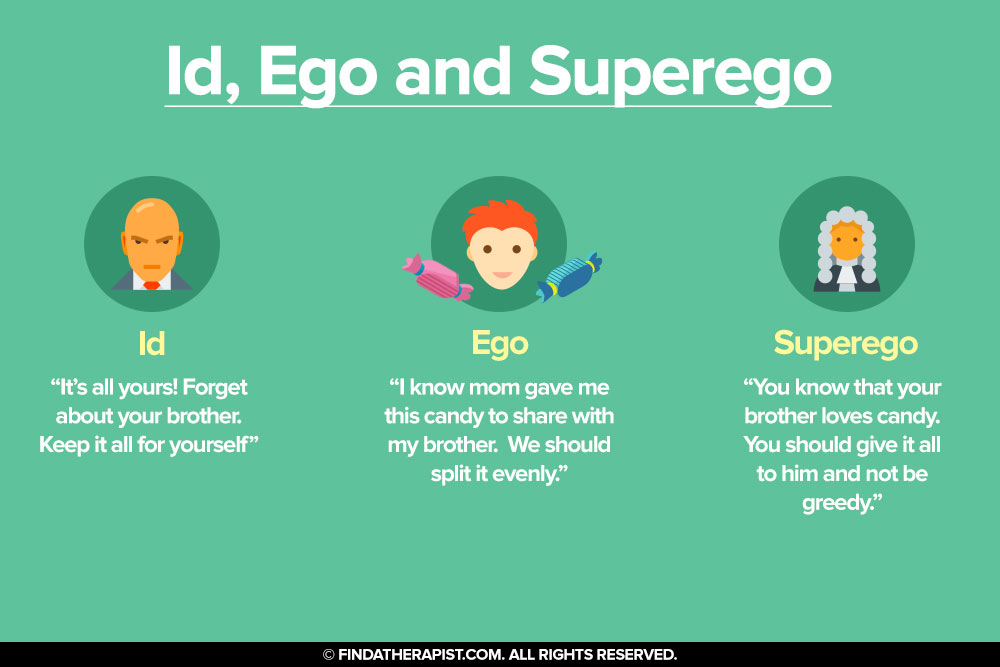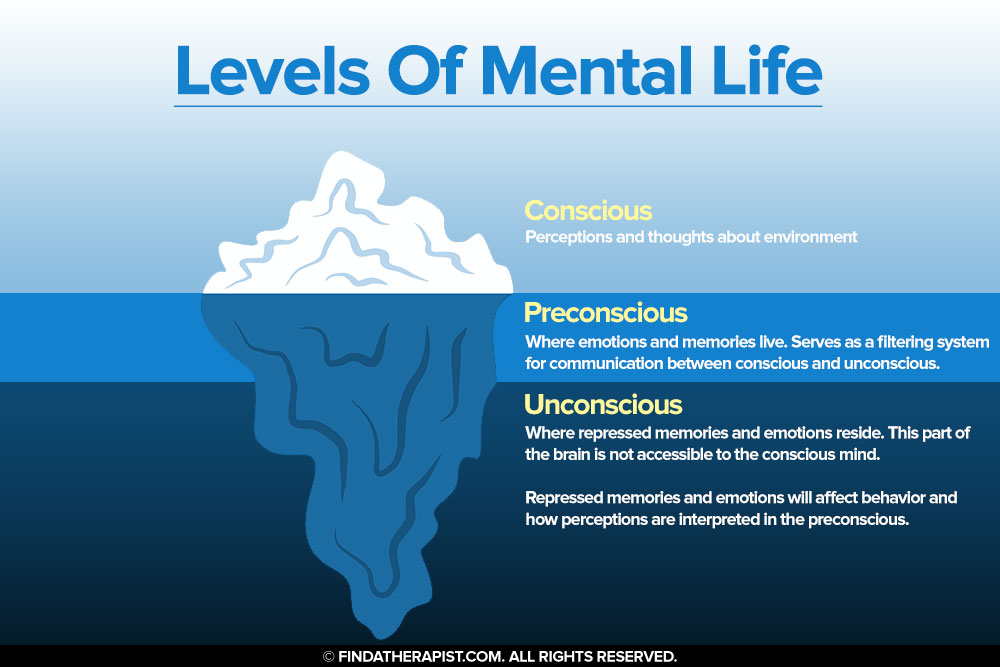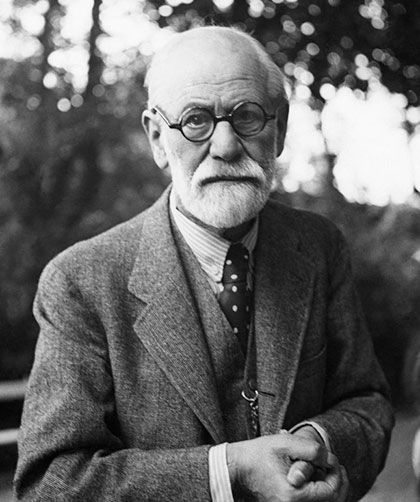Id, Ego And Superego
Published on October 23rd, 2019
Updated on January 2nd, 2024

The model of the id, ego and superego was developed by Dr. Sigmund Freud in the 1920’s. It derives from his work of psychoanalytic theories. The goal of this model was to create an understanding of the link between the conscious mind and the unconscious mind. Freud’s intention was to make a connection between a person’s most primitive part of the mind and the development of morality.
Sigmund Freud is well known for his theories of the unconscious mind. He has developed several different theoretical constructs to explain the role of the unconscious mind. Freud uses the id, ego and superego to explain the provinces of the mind, and how they relate to the levels of mental life.
Sponsored by

Choose a therapist to work with and start healing with 20% off from BetterHelp.
Click Here
The Id
The id is the most primitive part of the mind. It is considered to be the core of personality. The id lives in the unconscious. Its sole purpose is to satisfy a person’s most basic desires and to seek pleasure.
Since infants have not yet developed their ego and superego, their id is not restricted. An infant seeks to satisfy their needs and desires without hesitation. They do not consider what is polite or proper. They do not consider other factors that may stand in their way of getting exactly what they desire.
The id is not in contact with reality. It does not consider factors that may prevent the self from getting what they desire. The id only seeks to satisfy needs.
Codes of morality are not regarded in the id. It does not account for other factors of what is proper, expected or realistic. It operates off of the most primitive desires and impulses, and its main drive is seeking satisfaction through pleasure.
The primary process is what fuels the id. The primary process refers to the area of the mind that is responsible for basic drives and motivations. It seeks to satisfy its needs of the pleasure principle. The pleasure principle refers to the single function of seeking pleasure.
The Ego
The ego begins its development during late infancy. During this period, the child begins to take in information about the outside world. It makes a connection with reality. The ego takes into account the information from the environment before satisfying the pleasure principle.
The reality principle is what motivates the ego. The reality principle is the part of the mind that is in touch with reality outside of the self. In satisfying the reality principle, the ego becomes responsible for making decisions.
The unconscious, preconscious and conscious levels of the mind are parts of the ego. It takes into consideration the influence of both the id and the superego. It serves as the voice of reason between the two opposing forces. It is the middle ground between the two, and works to satisfy the needs of the id, the superego, and external reality.
The Superego
Moral and idealistic principles of personality reside in the superego. The superego often clashes with the id. This is because it considers information on the other side of the spectrum. The superego is seeks to accomplish the ideal. It is the idealistic function, so it does not consider information from reality. It seeks moral construct and perfection.
The superego holds the conscience. It has created an ideal that shapes what the self ‘should do’ and ‘should not do’. The superego is developed during childhood after experiencing punishments for poor behavior and acceptance from parents, caretakers and peers for acceptable behavior. It works toward repression and control of self-pleasure impulses.
With the influence of the ego, the id and superego are compromised. The result is the ego creating discretion between the two.
The superego does not consider obstacles and barriers that will prevent perfection. The ego cannot achieve perfection due to external obstacles and meeting the needs of the id. The result is often feelings of shame, guilt and inferiority.
The superego is impractical and irrational, like the id. It is not concerned with impossibilities or barriers preventing perfection or the ideal. Like the id, its goal is to satisfy its own needs. In the case of the superego, the need is for perfection and satisfaction of the conscience.
A Brief Overview: Levels of Mental Life

According to Freud, there are three levels of the unconscious mind. Freud believed that motivation and drive in humans come from unconscious levels of the mind. People have little to no awareness of where their motivations stem from.
Freud deeply considered the unconscious mind in the development of his theories. His theories suggest that there are 3 levels of the unconscious mind:

Unconscious. The unconscious mind is responsible for all unconscious drives, impulses and instincts. They fuel the impulses and urges that are beyond our awareness. All of our words, feelings, actions and behaviors start in the unconscious mind. It is where each are born and start working their way to consciousness.
Preconscious. The preconscious mind is where unconscious elements pass through to become conscious. Information is passed between the unconscious mind and conscious mind by being filtered through the preconscious mind.
Conscious perceptions are transferred to the preconscious mind. Unconscious impulses are filtered through the preconscious before being transferred to consciousness. This two-way process works to prevent emotional distress. It filters and reconfigures unconscious impulses and conscious perceptions to seem less raw and more bearable.
Conscious. The conscious mind is what is present in one’s awareness. Conscious awareness comes from perceptions of the world outside of the mind. It also consists of the information that is filtered through the preconscious.
Sponsored by

Find an affordable therapist online with 20% off from BetterHelp.
Click Here






Leave A Reply